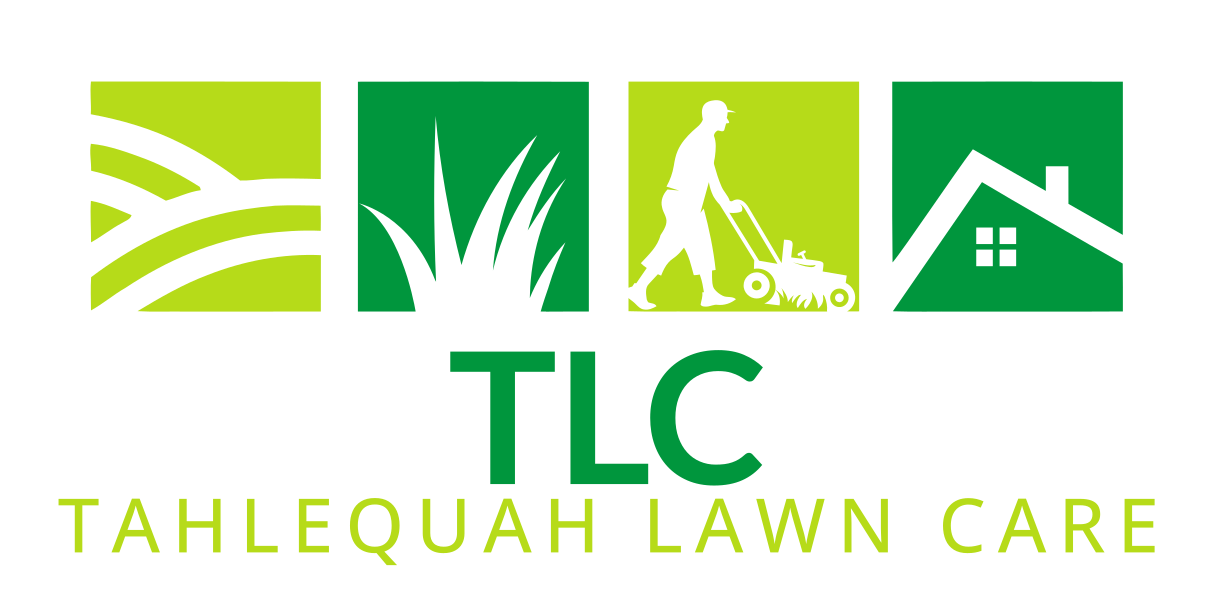Description
Goji berries, also known as wolfberries or scientifically as Lycium barbarum, are robust and hardy plants that are celebrated for their tenacity to thrive even in the most challenging conditions. Their tolerance to drought and adaptability to a wide range of climates, specifically zones 3-10, make them an excellent choice for home gardening.
This plant yields a vibrant orange-red fruit, famed not only for its slightly tangy flavor but also for its superfood status. Packed with a plethora of nutrients, goji berries are a rich source of vitamins B and C, antioxidants, and amino acids. They are believed to enhance the immune system, stimulate brain activity, and provide protection against heart disease and cancer. Moreover, they are said to contribute to improved life expectancy.
Goji berries are easy to cultivate in your garden, blossoming and fruiting from summer till the first frost. Unpruned, these plants can soar to heights between 10-13 feet and spread about 4 feet wide. The first year may yield a limited fruit crop, but the plant tends to bear a full crop from the second year onwards.
Starting your goji berry journey can be done in three ways. First, you can opt for planting seeds, which require the longest time to bear fruit. Alternatively, you can choose to plant a root crown cutting, which hastens fruit production compared to seeds. For the quickest results, starting with a potted plant is recommended.
For home-based cultivation, goji berries can be grown either in a container or directly in the ground. As container plants, they grow more compactly, with a minimum container size of 5 gallons recommended to accommodate their deep tap root. In contrast, for ground planting, a pulp pot can be planted directly after observing 6-8 inches of growth.
Before planting a bare root goji berry, soak it in water for 15 minutes to an hour. Position the bare root in the center of your pot, fill with potting soil up to the crown, and water the plant. Once 6-8 inches of growth are visible, the plant can be transplanted into the ground.
Goji berry plants demand minimal maintenance. They can be trained like a grape vine on a trellis or left as a shrub. Pruning is only required from the second year onwards, focusing on establishing a main structure and removing unproductive or low branches. Fertilizers, especially nitrogen-based ones, are generally unnecessary for these resilient plants.
In addition to their easy cultivation, goji berries are a versatile fruit in the culinary world. They can be consumed fresh, dried as snacks, blended into juices, or steeped to make herbal teas. Whether you’re a gardening novice or a seasoned green thumb, growing goji berries offers both a rewarding endeavor and a healthy addition to your diet.






